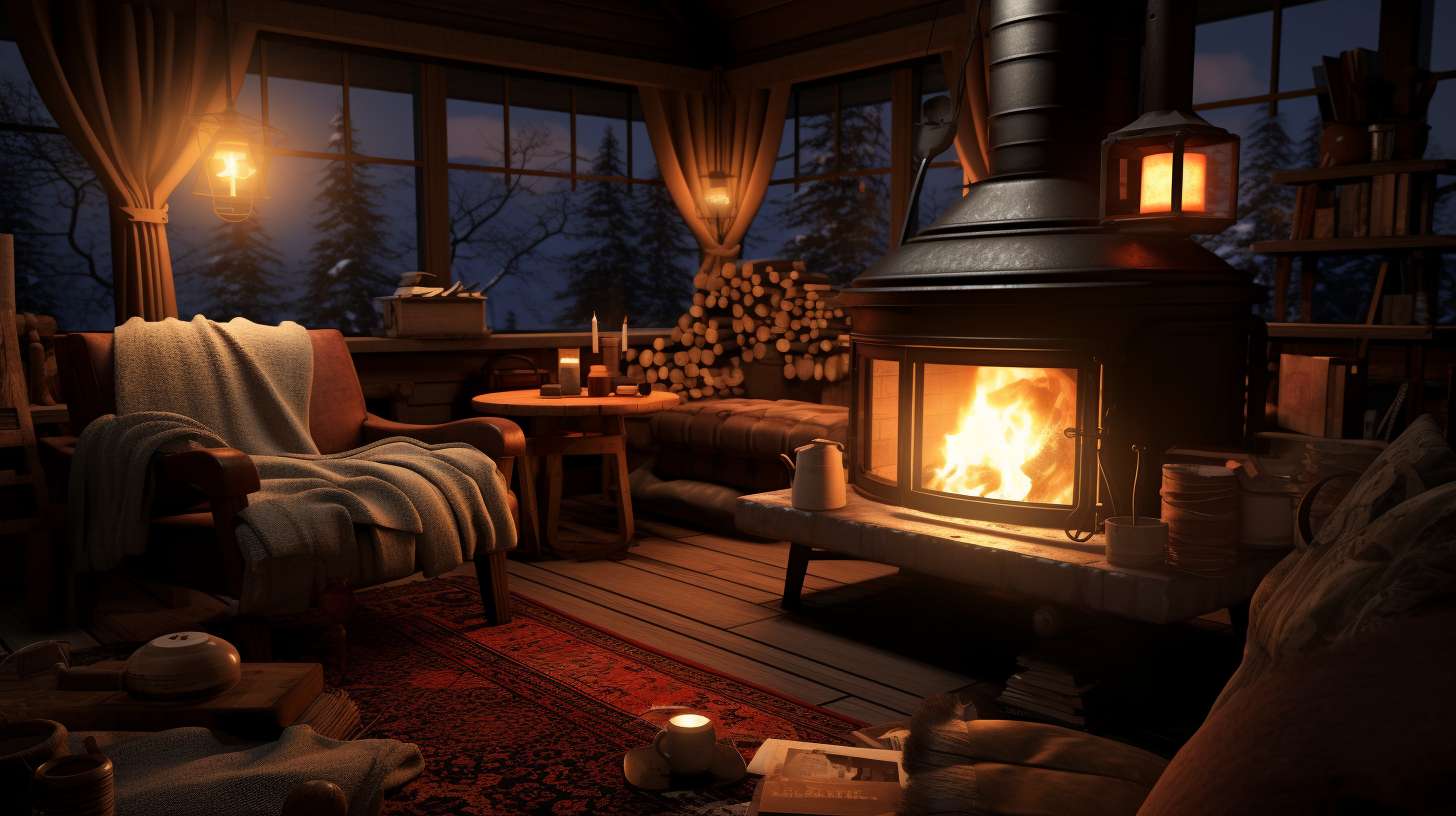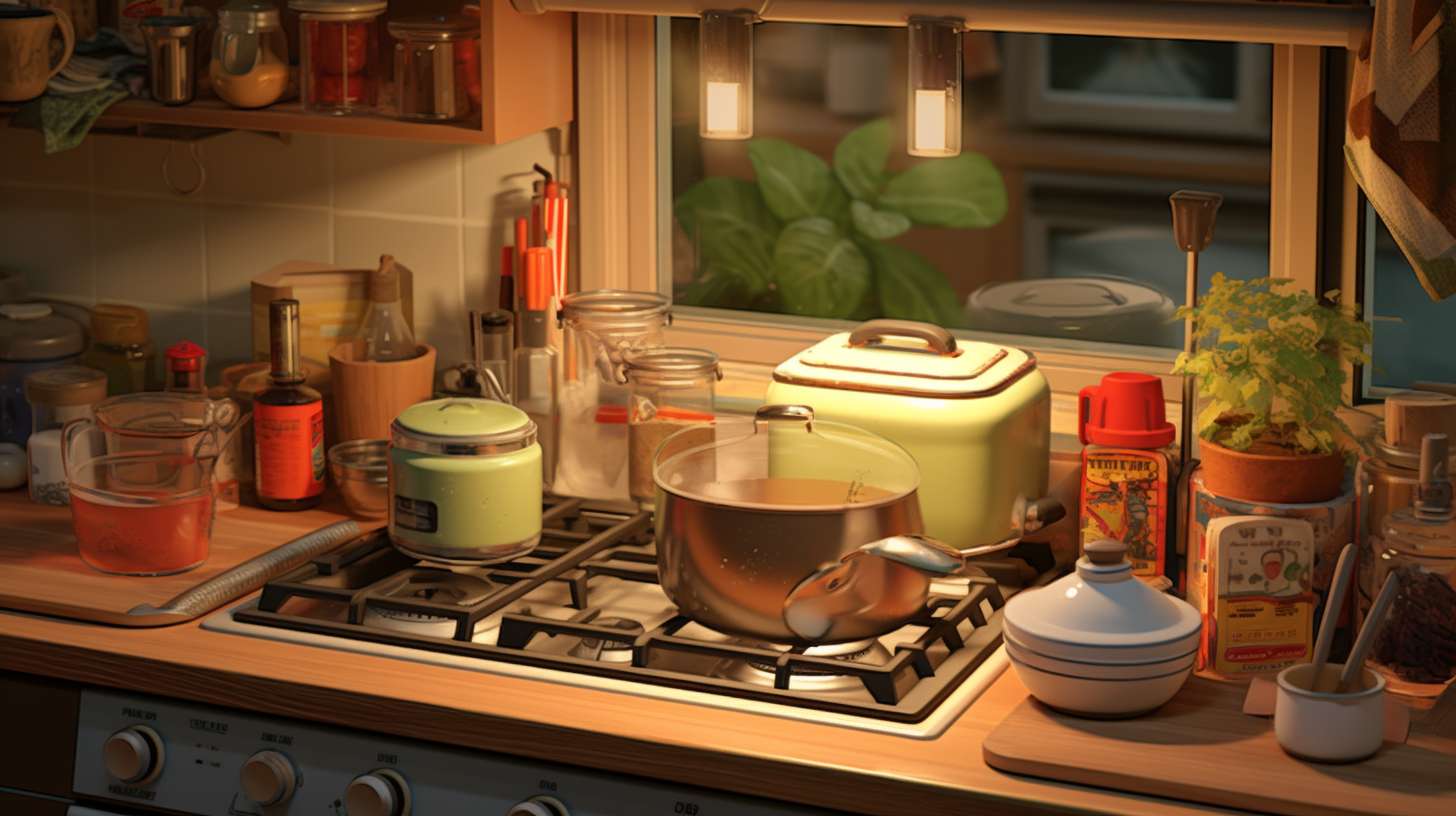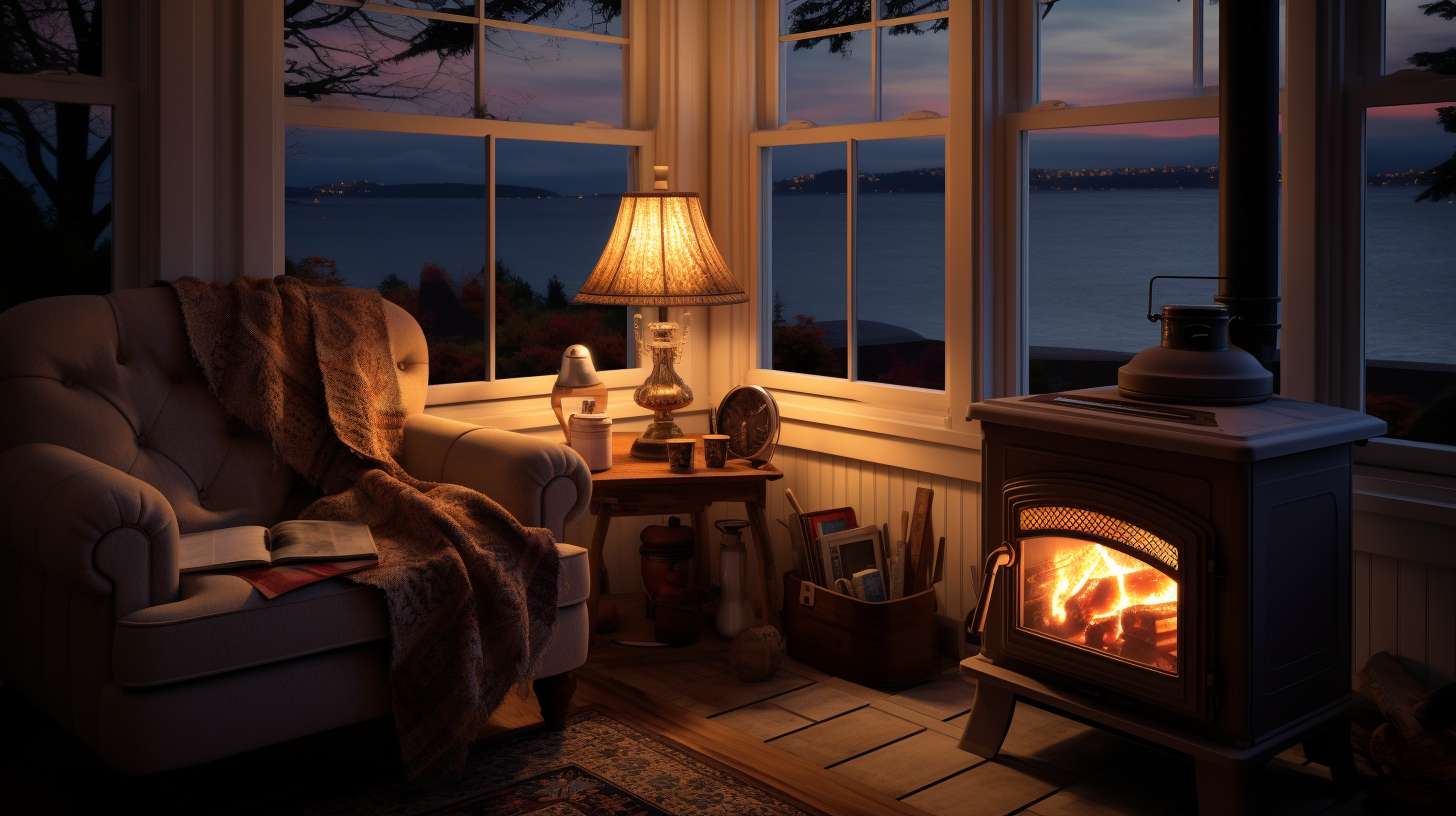
Can You Use a Butane Camping Stove Indoors
Table Of Contents
- Key Takeaways
- Potential Dangers of Using a Butane Camping Stove Indoors
- Fire Hazards Associated With Indoor Use of a Camping Stove
- Health Risks of Carbon Monoxide Poisoning From Indoor Stove Use
- Safety Guidelines for Using a Camping Stove Indoors
- Alternatives to Using a Butane Camping Stove Indoors
- Conclusion

If you’re thinking about using a butane camping stove indoors, think again. This is one situation where the risks far outweigh the convenience. Fires can start in an instant, posing a serious danger to you and your home.
Not to mention the potential for carbon monoxide poisoning, which can be deadly. Before you make a decision, it’s crucial to understand the potential dangers and explore safer alternatives. Your safety should always be the top priority.
Key Takeaways
- Butane camping stoves should never be used indoors due to the release of carbon monoxide gas and the increased risk of fire and explosions.
- Indoor use of a camping stove can lead to serious health risks from carbon monoxide poisoning, including symptoms such as headaches, dizziness, and nausea.
- Proper ventilation and the use of carbon monoxide detectors are crucial when using a camping stove indoors to prevent potential health hazards.
- There are safer alternatives to using a butane camping stove indoors, such as electric stoves, propane stoves, portable induction cooktops, and electric hot plates, which provide a safer cooking experience while indoors.
Potential Dangers of Using a Butane Camping Stove Indoors
Using a butane camping stove indoors can pose serious risks to your health and safety due to the potential release of carbon monoxide. One of the main dangers of inadequate ventilation is the accumulation of carbon monoxide gas, which is colorless, odorless, and highly toxic. When you use a butane camping stove indoors, the combustion process produces carbon monoxide, and without proper ventilation, this gas can quickly build up to dangerous levels.
Breathing in carbon monoxide can lead to symptoms such as headaches, dizziness, nausea, and even death in severe cases. Additionally, using flammable fuels indoors increases the risk of fire and explosions.
It’s crucial to always use a butane camping stove outdoors or in well-ventilated areas to minimize these risks and ensure your safety.
Fire Hazards Associated With Indoor Use of a Camping Stove
To minimize the risk of fire, never operate a butane camping stove indoors. Using a camping stove indoors can pose serious fire hazards if not done properly.
One of the main fire prevention measures is ensuring proper ventilation. When using a butane camping stove indoors, it’s crucial to have adequate airflow to prevent the accumulation of flammable gases. Without proper ventilation, the stove can produce carbon monoxide, which is highly flammable and can lead to a fire. Additionally, a lack of ventilation can cause a buildup of heat, increasing the risk of fire.
Therefore, it’s important to always use a camping stove in a well-ventilated area, such as outdoors or in a well-ventilated room with windows or doors open. Prioritizing fire safety and following ventilation requirements can help prevent fire hazards associated with indoor use of a camping stove.
Health Risks of Carbon Monoxide Poisoning From Indoor Stove Use

When using a butane camping stove indoors, you put yourself at risk of carbon monoxide poisoning. Carbon monoxide is a colorless, odorless gas that can be extremely dangerous when inhaled in high concentrations. Prolonged exposure to carbon monoxide can have serious health risks, including:
- Headaches
- Dizziness
- Nausea
- Fatigue
These symptoms may initially be mild and mistaken for other ailments, but they shouldn’t be ignored. Carbon monoxide poisoning can quickly escalate and lead to loss of consciousness, brain damage, and even death.
It’s crucial to have proper ventilation when using a camping stove indoors to prevent the buildup of carbon monoxide. Additionally, it’s important to have a carbon monoxide detector installed in your home to alert you of any potential danger.
Your health and safety should always be a top priority when using any type of stove indoors.
Safety Guidelines for Using a Camping Stove Indoors
To ensure your safety when using a camping stove indoors, it’s essential to follow these safety guidelines.
First and foremost, proper ventilation is crucial. Make sure there’s adequate airflow in the room by opening windows or using fans to circulate fresh air. This will help prevent the buildup of harmful gases such as carbon monoxide.
Additionally, it’s important to store the camping stove properly. Keep it in a well-ventilated area away from flammable materials and ensure it isn’t near any heat sources or electrical outlets.
Always read and follow the manufacturer’s instructions for safe usage and maintenance of the stove.
Alternatives to Using a Butane Camping Stove Indoors

If you’re looking for a safer option, consider using an electric or propane stove instead. Here are some alternatives to using a butane camping stove indoors:
-
Electric Stove: An electric stove is a popular choice for indoor cooking. It utilizes electricity to generate heat and comes in various models, such as coil burners or smooth glass tops. Electric stoves are easy to use and offer precise temperature control.
-
Propane Stove: A propane stove is another excellent option for indoor cooking. It uses propane gas as a fuel source and provides a consistent flame for cooking. Propane stoves are portable and can be used both indoors and outdoors.
-
Portable Induction Cooktop: A portable induction cooktop is a safe and efficient choice for indoor cooking. It uses magnetic fields to heat the cookware directly, ensuring quick and even heating. Induction cooktops are energy-efficient and offer precise temperature control.
-
Electric Hot Plate: An electric hot plate is a compact and affordable alternative to a butane camping stove. It provides a single or multiple burners and can be easily stored when not in use.
These alternatives provide a safer cooking experience indoors while still allowing you to prepare delicious meals.
Conclusion
In conclusion, using a butane camping stove indoors is extremely dangerous. The risk of fire hazards and carbon monoxide poisoning is high, posing a threat to both your safety and health.
It’s crucial to follow safety guidelines and avoid such risks. Instead, consider using alternative cooking methods that are safer and more suitable for indoor use.
Your well-being should always be a priority.
Disclaimer: Some information is provided through AI. Users should always conduct their own research and consult with qualified professionals before making any decisions.Affiliate information declaration: We may earn revenue from the products referred on this page and participate in affiliate programs.


